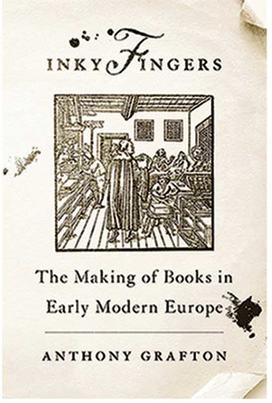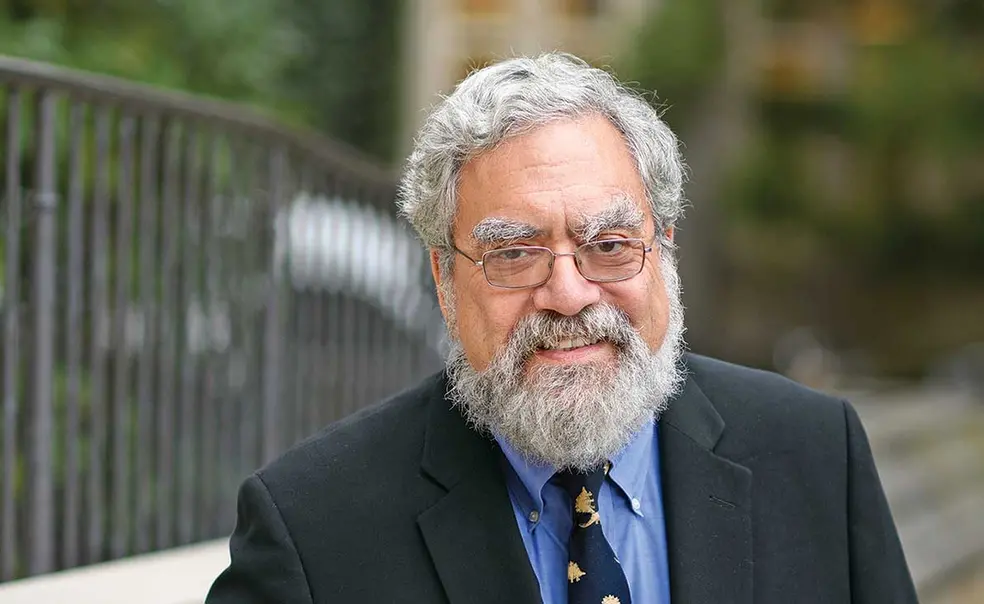Faculty Book: Anthony Grafton On the Delicate Art of Assembling Knowledge
To spend any time with Anthony Grafton, the Henry Putnam University Professor of History, even on Zoom, is to dance across eras and disciplines, between high culture and low. Grafton’s cultural references are as catholic as his reading tastes — conversation veers from Erasmus to The Simpsons’ Mr. Burns.

One particularly interesting figure, among many whom Grafton sketches, is Francis Daniel Pastorius, who emigrated to the American colonies from what is now Germany in 1683 and helped found the settlement of Germantown, now a neighborhood in Philadelphia. A polymath who produced one of the first compendiums of Pennsylvania legal practices, Pastorius also studied Native American culture. Over the door of his Germantown cottage Pastorius painted an inscription from Virgil’s Aeneid — a reference so incongruous, given the rustic setting, that even the notoriously dour William Penn burst out laughing when he saw it.
“This was a guy I kind of felt I knew,” Grafton observes of Pastorius. “I love to work on people I admire.”
Pastorius’ most remarkable work was his Bee-Hive, a massive commonplace book, which Grafton shows off in digital form over Zoom. Like many absorbed readers before and since, Pastorius marked up his books with marginal notes and references. No passive reader, he interacted with his texts, and the commonplace book was a place to copy, store, and digest what he had learned.
Over dozens of years and thousands of pages, Pastorius jotted down excerpts of nearly everything he read, as well as his thoughts about it, illustrating the remarkable breadth of his knowledge in the process. Grafton describes him as a “graphomaniac” who even copied excerpts from his friends’ diaries (and then chided them for being boring).
It is somehow disappointing to learn that Grafton does not make marginal notes in his own books. Of course he takes extensive notes on his reading, but he keeps them, as a 21st-century scholar should, on his laptop, creating something of a digital commonplace book.
Today, we have much more knowledge at our fingertips than Pastorius could have dreamed of, but making sense of it may be harder. The digital camera now enables anyone to visit a remote archive, snap a few thousand images, and instantly assemble primary-source material.
“It’s incredible, and it’s made research much more demanding because we expect students to have an empirical base that would have been completely impossible for me when I was their age,” Grafton observes.
Assembling knowledge into a useable form, though, will always be a scholar’s chief labor. For all that technology gives, Grafton notes, it is easy to get lost amid the trees of digital documents and miss the narrative forest.
“I’ve seen this happen with friends and students, who get so passionate about their thousands of images and their files that they can’t extricate a story,” Grafton cautions. “In the end, if you’re a historian, the story is what it’s all for.”












No responses yet